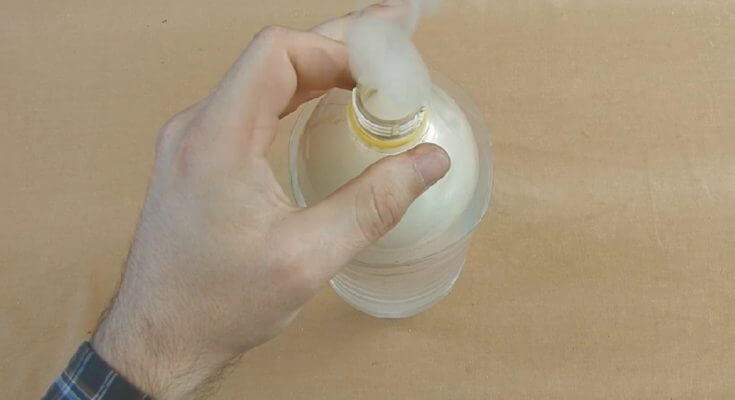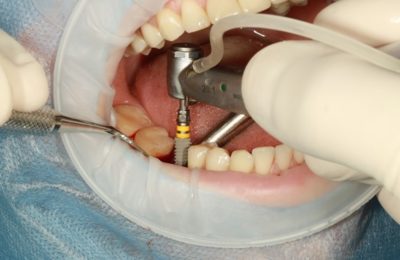A bong is a water-filtered smoking pipe that filters the smoke from the dried herbs to prevent entry of heavier and water-soluble particles into the respiratory system. While they are available in different designs and sizes, bongs have three distinguishing features. They include:
Water Chamber
The bong is created with a bulbous water chamber on its bottom to hold water. The water chamber filters and cools the smoke to make it feel smoother to the throat and lungs during inhalation.
Tube
Bongs are created with long-neck vertical tubes that further filter the smoke. Once the smoke is filtered in the water chamber, it flows upward into the tube for further filtration. According to https://www.theweedblog.com/how-to-choose-the-right-bong-for-you/, the tube also adds an artistic look to the bong.
Diagonal stem
The bottom of the diagonal stem rests in the water chamber. Its top protrudes from a small hole in the tube. Its function is to draw smoke and air into the water during inhalation.
Types of bongs
The manner in which a bong pulls the smoke through the water chamber into the tube depends on its size, shape, and height. The diameter of the bowl and diagonal stem also affects the flow of air and water. For a great selection of accessories ranging from domeless to adjustable to bongs, visit https://www.smokecartel.com/collections/titanium-ceramic-quartz-nails-and-dabber-tools. Below are the most popular versions of bong:
Bubbler bong
The bubbler bong is a light and more portable version. It has a glass tube that produces a smoother smoke. Its drop-down water chamber filters and cools the smoke during inhalation. The bubbler bong makes it easier to inhale even if the user pulls the water too hard. Nonetheless, bubbler bongs are more challenging to clean due to their designs.
Percolator bong
It incorporates a suspended glass filter that circulates the smoke by spreading out and breaking up bubbles evenly through the water. That way it creates smaller bubbles that filter the smoke and toxic substances.
Scientific Bongs
Scientific bongs are made from borosilicate glass, which is durable and heat resistant. They range from simple straight tubes to intricate designs with fancy percolators, catchers, and bent mouthpieces. They are designed to produce a thick milk and smooth drag. Visit https://billowby.com/blogs/learn/what-are-bongs for more information.
Advantages of bongs compared to other smoking devices
Ø Unlike other smoking devices, bongs produce a milder and cool smoke.
Ø Bongs make it quicker to inhale by condensing the smoke.
Ø Recent studies show that bongs filter out more toxic substances than other smoking devices. They filter water-soluble substances that are harmful to the respiratory system. Bongs are an important discovery for patients with immunodeficiency disorders such as AIDS/HIV.
Risks and safety tips of using a bong
• Never replace bong water with poisonous or flammable alcoholic beverages.
• Ignore any advice that advocates drinking the bong water.
• Always keep your bong in a safe place. Glass bongs can shatter easily when dropped on concrete floors. Dirty water in the bong produces a foul odor that is difficult to remove once it spills on the carpet.
Bongs are often associated with the smoother flow of air and water, speedier results, and hygiene. Before buying a bong, spend adequate time looking at various versions available in the market. Test the weight and height of several models to ensure they are a good fit.













